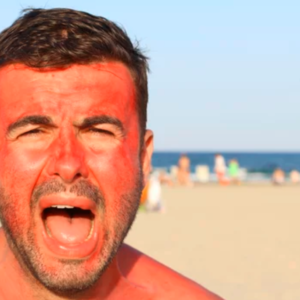What antibiotics require avoiding sun exposure?

There are many types of medicines that contain ingredients that may cause photosensitivity, this means increased sensitivity to sunlight that can cause sunburn-like symptoms, a rash or other unwanted side effects. There are two types of photosensitivity – photoallergy and phototoxicity. Photoallergy is an allergic reaction of the skin and may not occur until several days after sun exposure. Phototoxicity, which is more common, is an irritation of the skin and can occur within a few hours of sun exposure. Both types of photosensitivity occur after exposure to ultraviolet light – either natural sunlight or artificial light, such as a tanning booth.
Antibiotics that can cause sensitivity to the sun include: ciprofloxacin, doxycycline, levofloxacin, ofloxacin, tetracycline, and trimethoprim. Not all people who take these antibiotics mentioned will have a reaction. Also, if you experience a reaction on one occasion, it does not mean that you are guaranteed to have a reaction if you use the product again.
You can reduce your risk of photosensitivity while taking these antibiotics by: avoiding the sun/seeking shade when outside, wear long-sleeved shirts, pants, sunglasses, and broad-brimmed hats to limit sun exposure, and by use broad spectrum sunscreen regularly and as directed. These precautions can help with enjoying your time in the sun. If you have concerns about your medications and the possibility of a photosensitivity, your health-care provider or pharmacists will be able to help. Taking a few precautions can help limit your risk of photosensitivity and keep the sun shining on your fun.

This article reviewed by Dr. Jim Liu, MD and Ms. Deb Dooley, APRN.
There’s nothing more important than our good health – that’s our principal capital asset.
#medical #telehealth #umedoc










